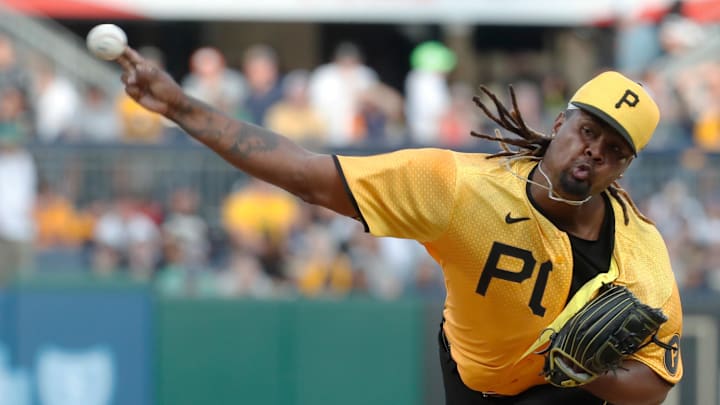First impressions aren't always everything, and while these young Pittsburgh Pirates players may have struggled in 2023, they deserve a second chance to show what they could do in 2024
Some say first impressions are everything. But if that were always true, many of the greatest baseball players of all time would have never gotten another shot. Mike Schmidt batted .196 and struck out over a third of the time in his rookie season when having a strikeout rate over 20% was below average, Mike Trout had a sub-.700 OPS in 2011, and Randy Johnson had just an 82 ERA+ in his first year.
Sometimes, it also takes a couple of years for players to figure things out. It took Sandy Koufax nearly 700 innings before he would put it all together. There are many other late bloomers in baseball. One of my biggest baseball pet peeves is when fans are already throwing their hands up and are ready to give up on a player who may not even turn 25 for another year or two after just one or two years, and that’s because of so many instances of players figuring it out after that first or second season.
A handful of the Pittsburgh Pirates’ top prospects haven’t hit the ground running full sprint, and that’s okay. In an era where players are flying through the minor leagues and suddenly becoming MLB all-stars, we forget that guys like Juan Soto are the exception, not the norm. But these Pirates players certainly deserve a second chance. On top of that, I want to look at what they need to improve upon to try to rebound or break out in 2024.
